Home Paint Ideas: Refresh Your Space with Inspiring Colors
Table of Contents
Are you ready to give your living space a fresh look? The right home paint ideas can transform your entire environment, creating a haven that reflects your personality and boosts your mood and productivity. Whether you’re planning a complete home renovation or just a single room, choosing the perfect paint colors and techniques can make all the difference between your home and yours.
In this comprehensive guide, we’ll explore everything from trending color palettes and professional painting techniques to cost-effective solutions and maintenance tips. You’ll discover how to choose the perfect paint finishes for each room, learn about color psychology, and master the art of creating harmonious color schemes that blend seamlessly throughout your home. Let’s dive into the world of interior painting and unleash the potential of your living space.
Types of Paint Finishes
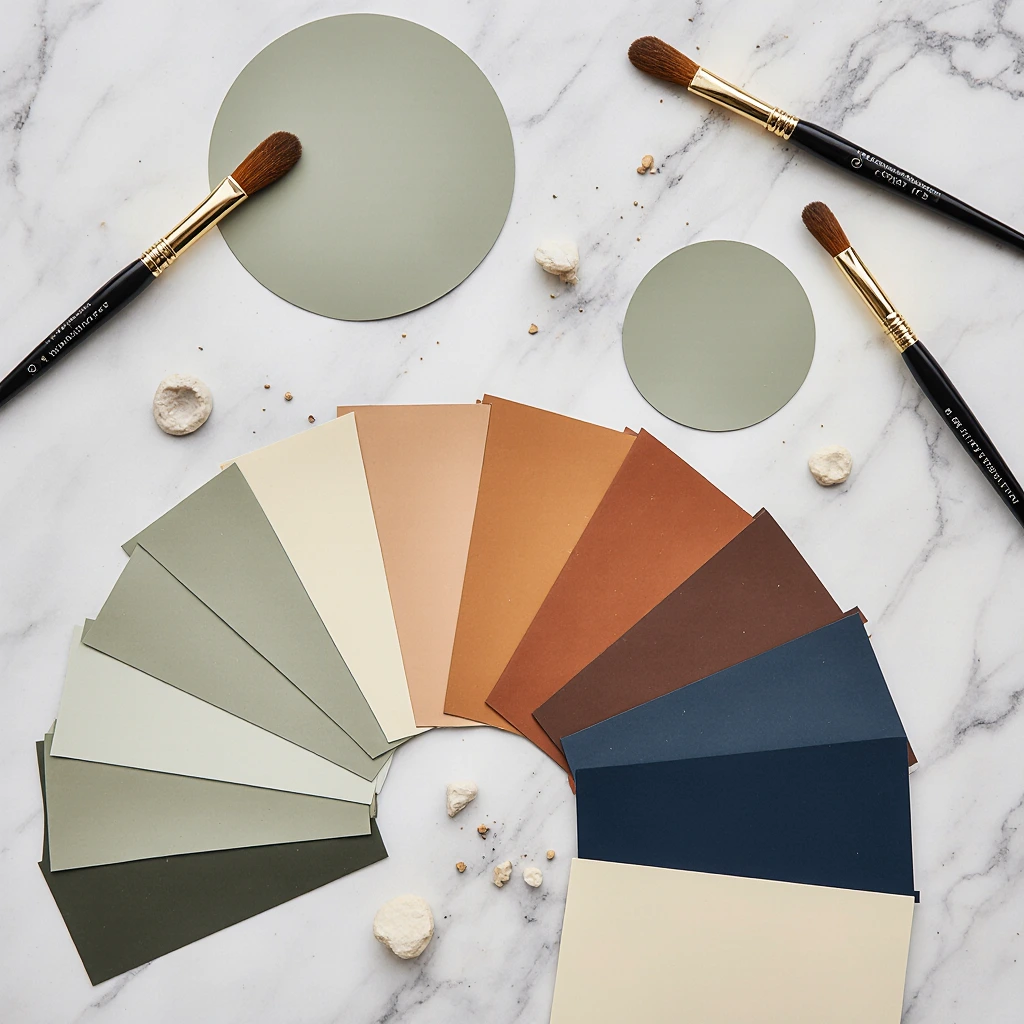
Understanding paint finishes is crucial to achieving professional results in your home painting project. Each finish has a different purpose and is best suited for specific environments.
Matte finish provides a smooth, non-reflective surface, ideal for concealing wall imperfections. It’s ideal for bedrooms and living rooms where you want a sleek, elegant look. However, matte paint can be difficult to clean and can show signs of wear easily, making it less suitable for high-traffic areas.
Eggshell finish offers a subtle sheen with slightly more durability than matte. This versatile option is well-suited for dining rooms and adult bedrooms, offering easier cleaning while maintaining a sleek appearance. It’s particularly effective for walls exposed to moderate temperatures.
Satin finish offers a soft, pearl-like sheen that’s both beautiful and practical. This finish is excellent for kitchens, bathrooms, and children’s rooms due to its moisture resistance and ease of cleaning. Satin paint strikes the perfect balance between aesthetics and function.
Semi-gloss finish offers a noticeable shine and superior durability. It’s the ideal choice for trim, doors, and cabinetry, as well as high-humidity areas like bathrooms. A reflective surface makes colors appear more vibrant, but it can highlight wall imperfections.
Gloss provides the highest degree of shine and durability, making it ideal for furniture, railings, and areas that require frequent cleaning. While it offers excellent protection, its high reflectivity can be stressful on large wall surfaces.
Best Paint Colors for Every Room
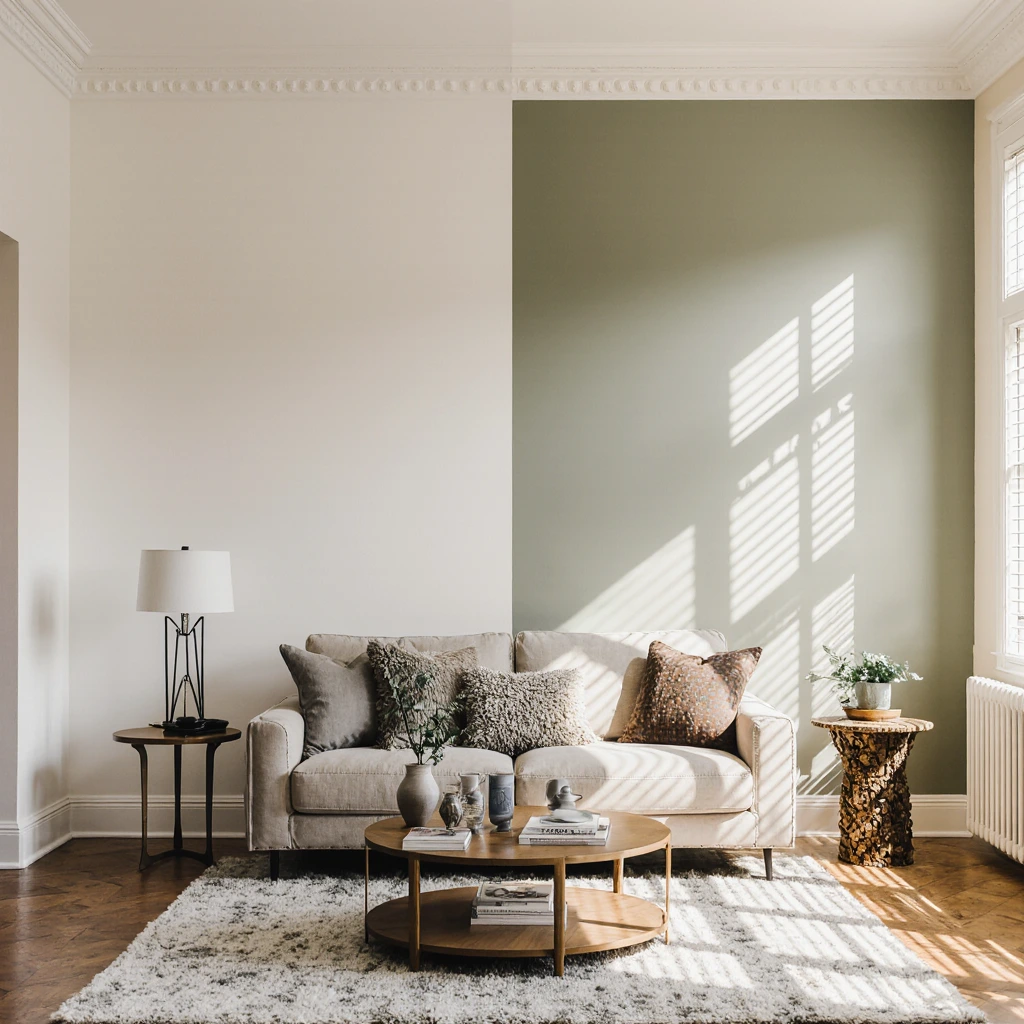
Choosing the right colors for each room requires an understanding of how different spaces function and the impact of color on our mental health.
Bedroom paint ideas should promote relaxation and restful sleep. Calming blues, soothing greens, and warm neutrals like beige or soft gray create a calming atmosphere. Avoid bright, stimulating colors like red or orange in bedrooms, as these can affect sleep quality. Try deeper, more intimate shades like navy or charcoal for accent walls to create a warm, cozy feel.
Kitchen color schemes should exude vitality and inspire culinary creativity. Warm whites, soft yellows, and gray-greens create an inviting atmosphere and make a space feel larger and brighter. Bold, distinctive colors, such as dark blue or forest green, on an island or backsplash add a personal touch without overwhelming the space. Remember that kitchen colors should complement the countertops and cabinetry.
Bathroom paint colors should withstand humidity and create a relaxing and comfortable atmosphere. Light, fresh colors, such as soft blues, muted greens, and crisp whites, make small bathrooms feel more spacious. For bathrooms, don’t hesitate to experiment with bold colors like deep teal or deep burgundy to create a stunning focal point.
Living room paint ideas should reflect your personality and create a welcoming environment for family and guests. Neutral colors, such as warm grays, beige, and soft whites, allow flexibility in changing the room’s decor with the seasons. Add a distinctive touch by using accent walls in complementary colors, or follow the 60-30-10 rule: 60% dominant color, 30% secondary color, and 10% accent color.
Paint Color Combinations and Patterns
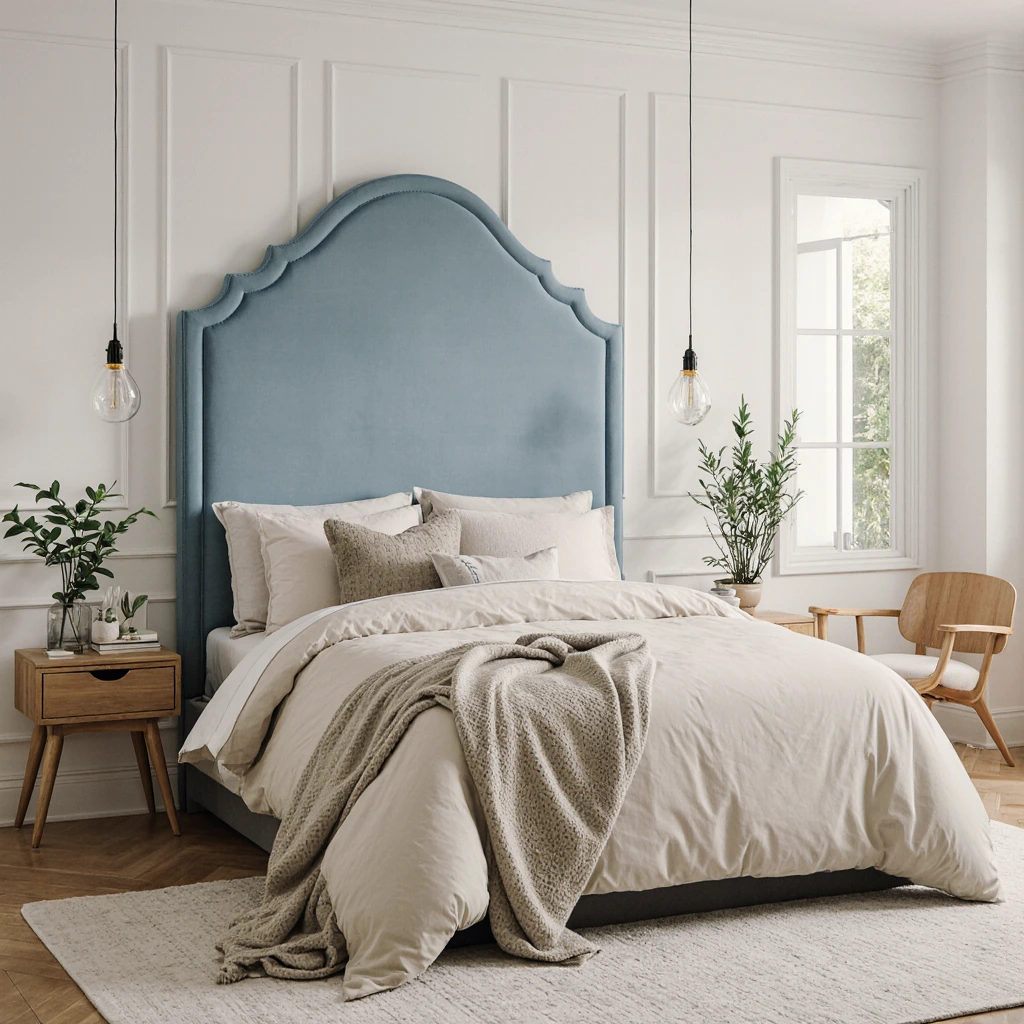
Creating harmonious color schemes in your home requires an understanding of how colors work together and current design trends.
Neutral colors remain timeless and versatile. Mix warm whites with soft grays and beiges for an elegant foundation. Add depth with dark neutrals like charcoal or navy as accent colors. This approach allows artwork and furniture to shine while maintaining a harmonious cohesion between rooms.
Bold color combinations are growing in popularity as homeowners seek to add a personal touch to their spaces. Try pairing deep emerald green with warm copper accents, or combine deep navy with coral for a sophisticated yet playful look. The key is to balance bold colors with neutral elements to avoid overwhelming the space.
Pastel colors create calm, dreamy environments ideal for creating a sense of serenity. Soft lavender, powder blue, and pale pink work beautifully, especially in bedrooms and children’s rooms. Balance pastels with crisp white accents and natural wood elements to avoid a space feeling overly aesthetic.
Seasonal color trends for 2025 reflect our desire for comfort and a connection with nature. Warm clay and sage green dominate spring color palettes, while deep burgundy and forest green are popular for fall transitions. Consider how natural light changes throughout the year when choosing colors.
DIY Painting Tips
Achieving professional results requires good preparation, high-quality tools, and attention to detail.
Essential tools include high-quality brushes, paint rollers of the appropriate length, painter’s tape, protective drop cloths, and a sturdy ladder. Invest in premium brushes to trim edges and achieve a smooth finish. Synthetic brushes are ideal for latex paint, while natural bristles are ideal for oil-based paints.
Preparation Steps** are essential for lasting results. Thoroughly clean walls, fill holes and cracks with putty compound, and sand until smooth. Prime stained or dark surfaces before applying the new color. Remove or completely cover furniture and floors—taking the time to prepare prevents costly mistakes.
Professional techniques** include trimming edges before wrapping, maintaining a wet edge to prevent overlapping marks, and applying paint in thin, even coats. Use a “W” pattern when wrapping walls, then fill in with parallel strokes. Start from the top down and complete the entire wall without stopping.
Common mistakes to avoid include skipping the primer, using cheap brushes, rushing the drying process, and removing painter’s tape too late. Allow enough time for drying between coats—rushing can lead to peeling paint and uneven coverage. Remove the tape while the paint is still slightly tacky for clean lines.
Cost Breakdowns and Budget Tips
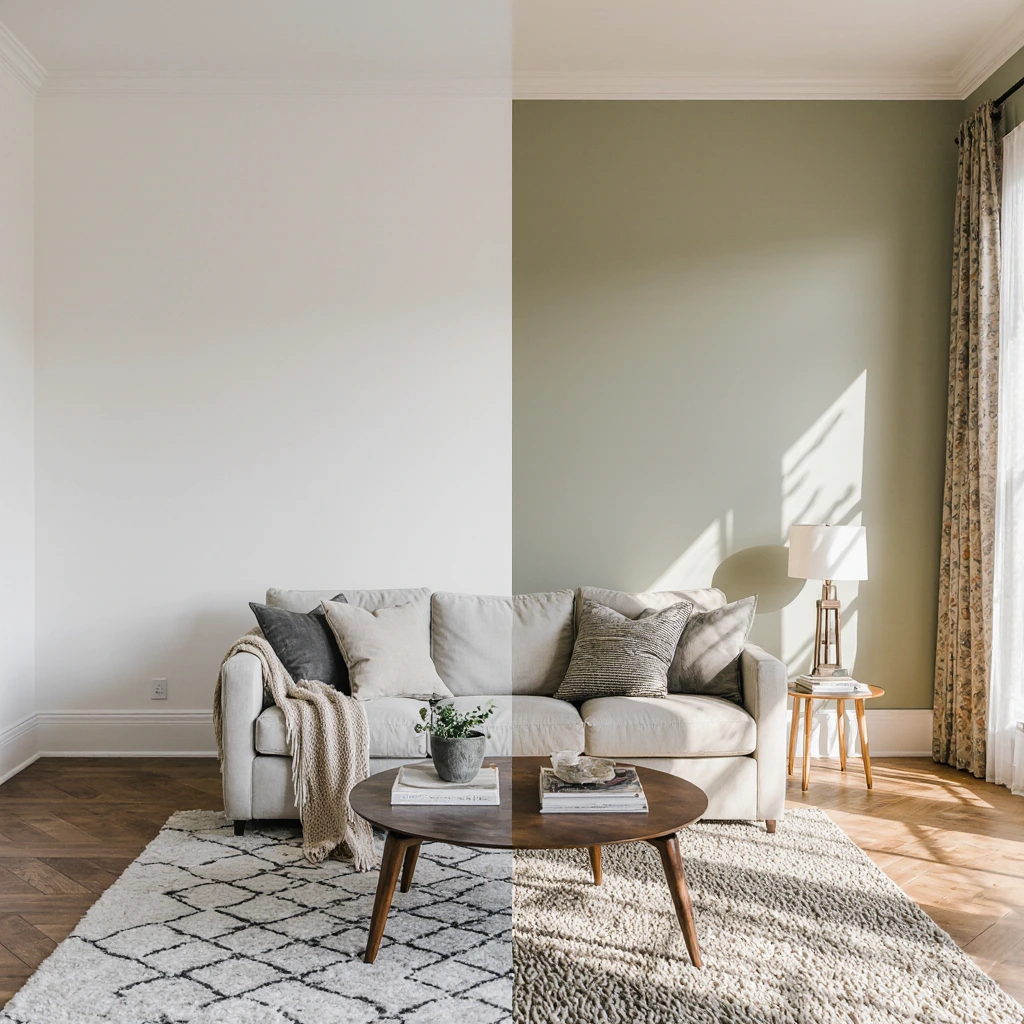
Understanding painting costs helps you plan your project effectively and find areas to save without compromising quality.
Cost estimates vary per room based on size, ceiling height, and paint quality. A standard 12×12 bedroom typically costs $150–$300, while a kitchen ranges from $200–$500. Bathrooms typically cost $100–$250 due to their smaller size, but often require specialized painting.
Money-saving strategies include buying paint during sales, purchasing in bulk for multiple rooms, and doing the prep work yourself. Consider buying paint samples for small, accent walls instead of buying full gallons. Look for brightly colored paint at discounted prices—often ideal for closets or laundry rooms.
Eco-friendly options, such as low- or no-VOC paints, cost a little more upfront but offer better indoor air quality and environmental benefits. Some manufacturers offer paint recycling programs, allowing you to return unused paint for proper disposal or re-formulation.
Paint Reuse Tips can significantly reduce costs. Well-stored paint can last two to five years. Blot up old paint with a cheesecloth to remove clumps, and add a paint conditioner to restore the paint’s smoothness. Always test old paint on a small area first to ensure quality.
Paint Trends & Inspiration
Keeping up with the latest paint trends helps create spaces that feel fresh and modern while maintaining timeless appeal.
2025 Color Trends emphasize a connection to nature and emotional well-being. Earthy terracotta, sage green, and warm creams are dominating design magazines and social media. These colors reflect our desire for grounding and comfort in these challenging times.
**Influenced by social media platforms like Instagram and Pinterest, homeowners are turning to bold accent walls and unexpected color combinations. The “dopamine decor” trend encourages bright colors that lift moods, bringing joy and energy to living spaces.
Data-driven insights from paint manufacturers show that 65% of homeowners prefer neutral colors with colorful accents, while 40% are willing to experiment with bold colors in bathrooms or home offices. Regional preferences vary, with coastal areas favoring blues and greens, while inland areas prefer warm earth tones.
Global influences are bringing global color palettes into American homes. Mediterranean blues, Scandinavian whites, and Japanese-inspired neutrals offer sophisticated alternatives to traditional color schemes.
Common House Painting Mistakes
Avoiding these common mistakes ensures professional results and avoids repainting costs.
Color selection mistakes often occur when choosing colors based on small samples or artificial lighting. Always test colors in multiple lighting conditions and at different times of day. Paint large sample boxes on the walls and observe them for several days before applying.
Preparation shortcuts lead to poor adhesion and premature deterioration. Skipping a primer, not cleaning the surface adequately, and rushing repairs can all lead to problems after painting. Proper preparation takes time but ensures lasting results.
Application mistakes include over-painting, using improper tools, and ignoring the manufacturer’s instructions. Follow recommended coverage rates and drying times. Applying paint too thickly or too thinly can lead to appearance and durability problems.
Environmental factors, such as humidity, temperature, and air circulation, significantly affect paint performance. Avoid painting in harsh conditions and ensure good ventilation. High humidity can cause paint to dry slowly and unevenly.
How to Maintain Painted Walls
Proper maintenance prolongs the life of your paint and keeps your walls looking fresh for years. Regular cleaning prevents the buildup of dirt and dust that can permanently stain the paint. Use mild soap and water for most cleaning tasks, avoiding harsh chemicals that can damage paint finishes. Clean from the bottom up to prevent streaking.
Touch-up techniques require matching the paint color and sheen exactly. Keep any leftover paint in place for later use. Thoroughly clean the area before touch-up, and clean the edges to blend seamlessly with the surrounding paint.
Preventing fading involves controlling direct sunlight and using UV-resistant paint in sunny areas. Move artwork and furniture periodically to prevent uneven fading patterns.
Preventing damage includes using furniture cushions, installing chair rails in dining areas, and addressing moisture issues promptly. Address small problems immediately to avoid larger, more costly repairs.
Conclusion
Transform your home with these comprehensive house painting ideas that combine style, functionality, and personal expression. From choosing the perfect paint for each room to mastering professional painting techniques, you now have the knowledge to create stunning spaces that reflect your unique style and enhance your everyday life.
Remember that successful painting projects require patience, careful preparation, and attention to detail. Whether you’re embracing bold 2025 color trends or creating timeless neutral palettes, the key is to choose colors that feel comfortable and inspiring in your space.
Ready to start your home paint makeover? Try these ideas in your next home renovation and let us know how it turned out in the comments. Sign up for more home decor guides and stay up-to-date on the latest design trends that will give your home a fresh and stylish look!
Best Amazon Picks :
FAQs
What is the best paint for bathrooms?
Choose a paint specifically designed for high-humidity areas, typically in a satin or semi-gloss finish with mildew-resistant properties. Look for paints labeled “bathroom” or “kitchen and bath” to ensure proper durability and easy cleaning.
How long should paint dry before applying another coat?
Most latex paints require two to four hours between coats, while oil-based paints require six to eight hours. However, drying times vary depending on humidity, temperature, and ventilation. Always check the manufacturer’s recommendations and test a small area before proceeding.
How do I choose a color that matches my furniture?
Use your furniture as a starting point for color selection. Choose accent colors from upholstery, artwork, or decorative pieces. Use a color wheel to find complementary or similar colors that will accentuate your existing pieces without competing with them.
Can I paint dark walls without a primer?
While some high-quality paints claim to provide coverage in one coat, a primer is essential when painting dark colors with lighter shades. Primer ensures even color coverage, better adhesion, and prevents the dark color from showing through your new paint.
What is the most cost-effective way to update a room’s look?
Paint is one of the most cost-effective ways to change the look of any space. Focus on accent walls, update the trim color, or try using two colors for existing furniture. Even painting the ceiling a muted color can dramatically change the look of a room without a huge cost.

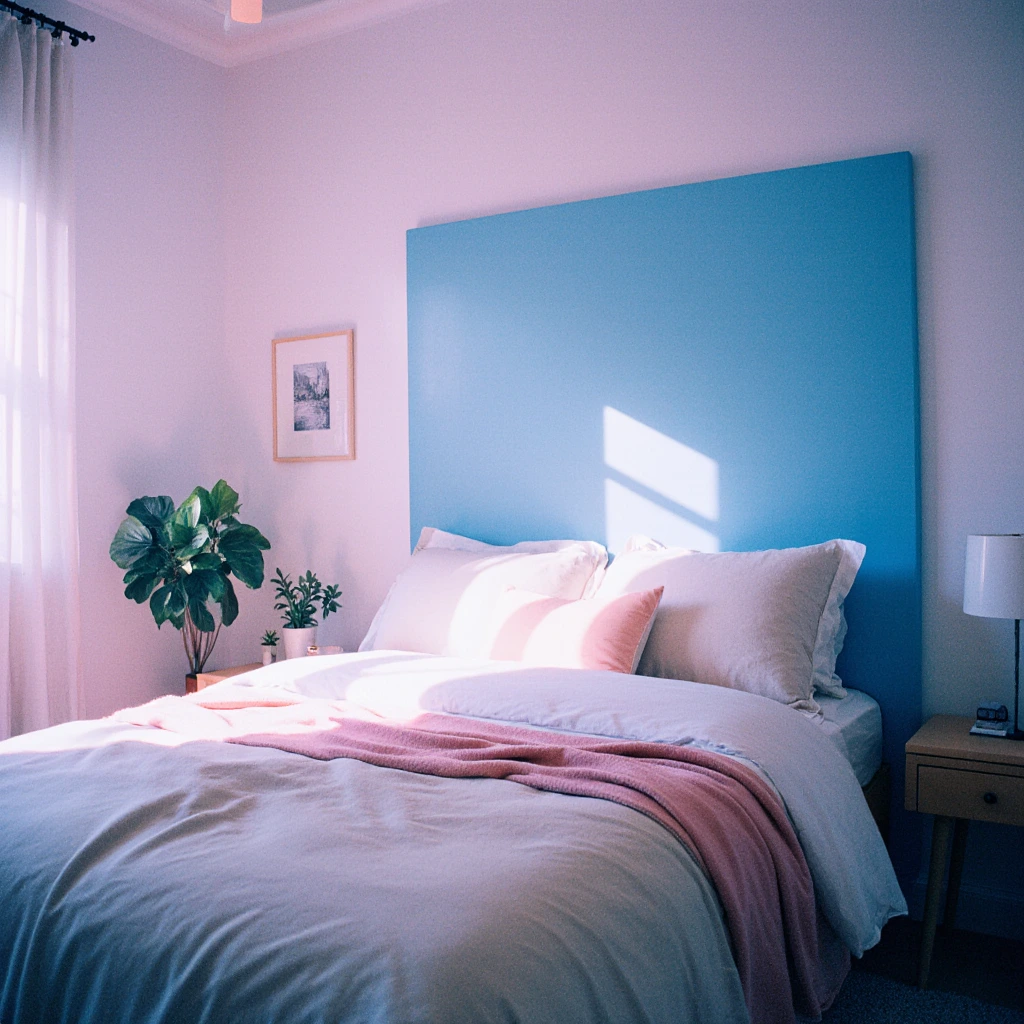
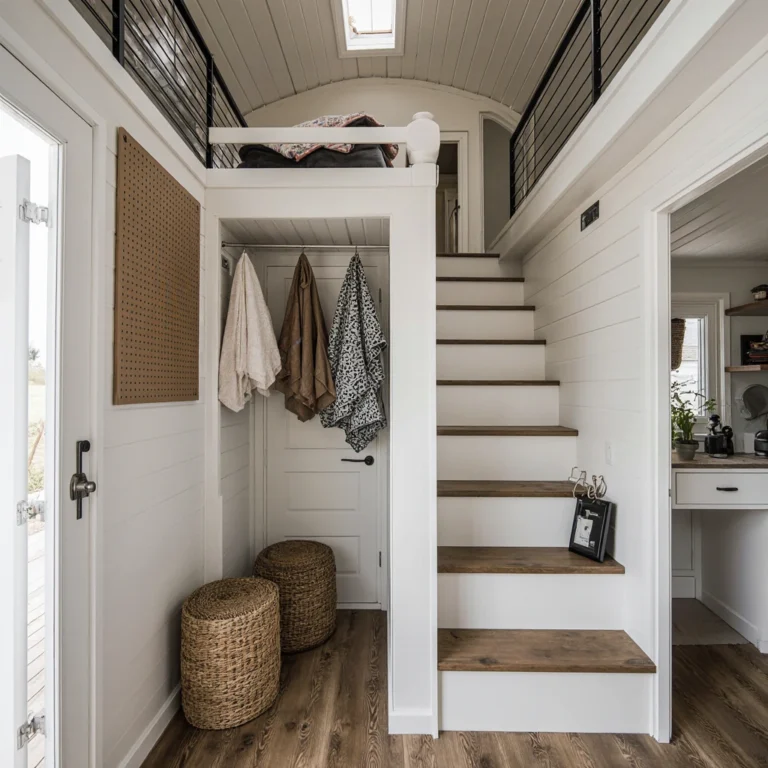
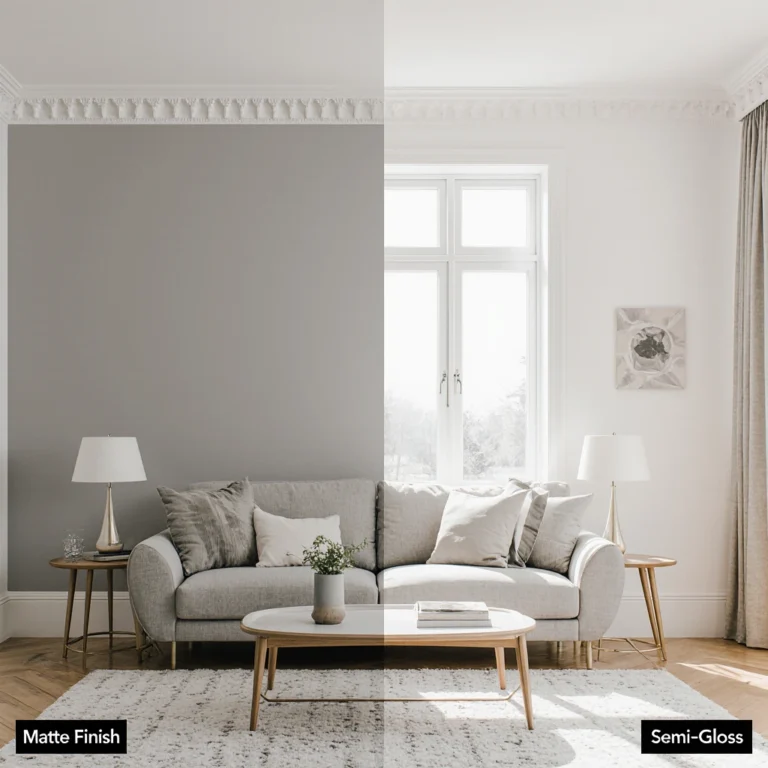
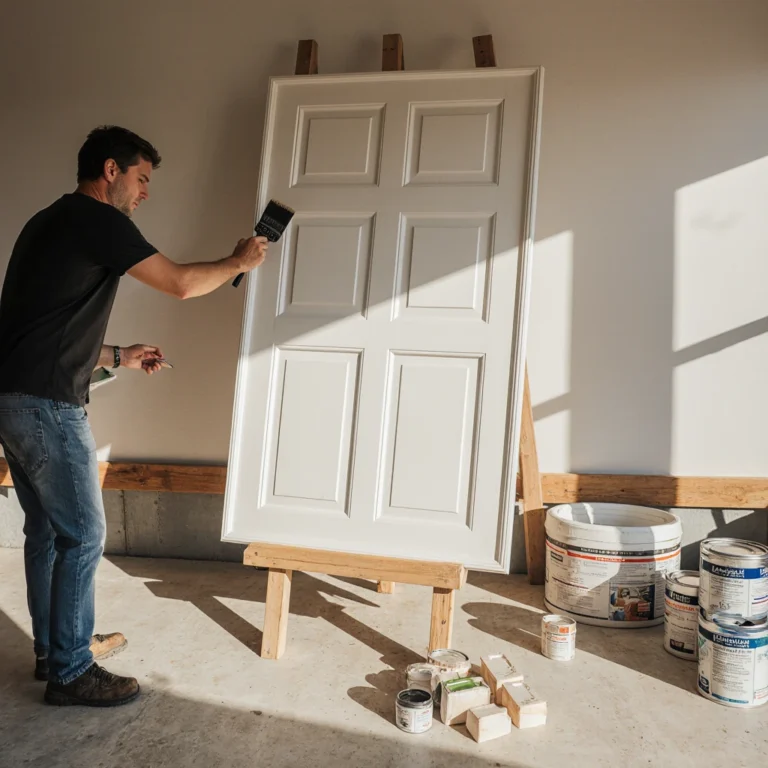
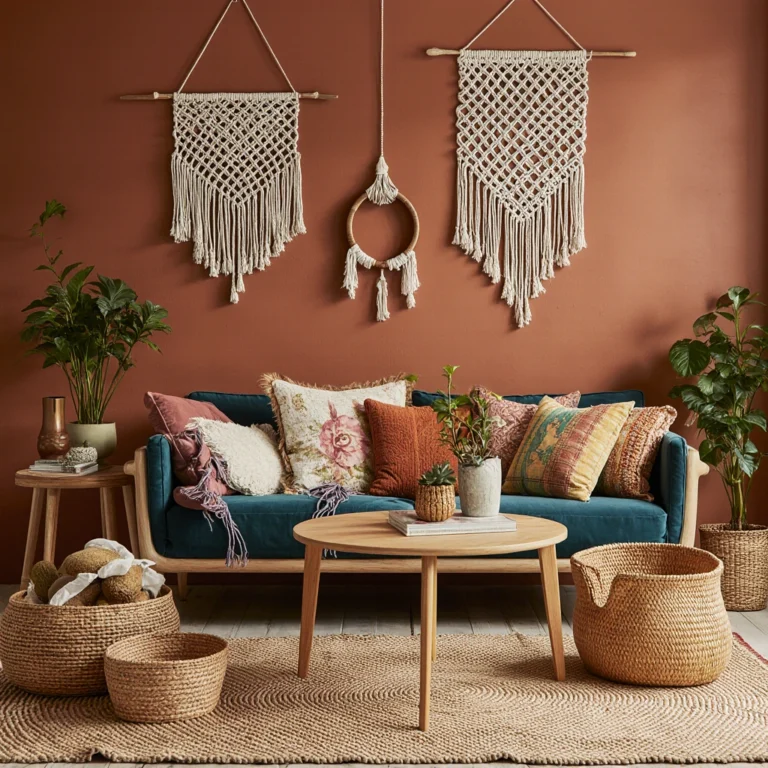
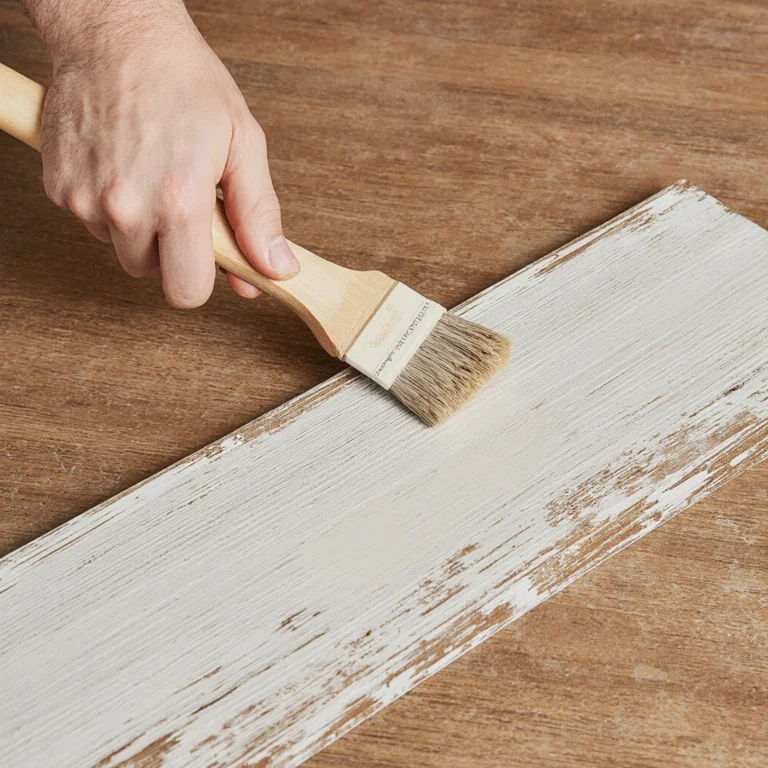
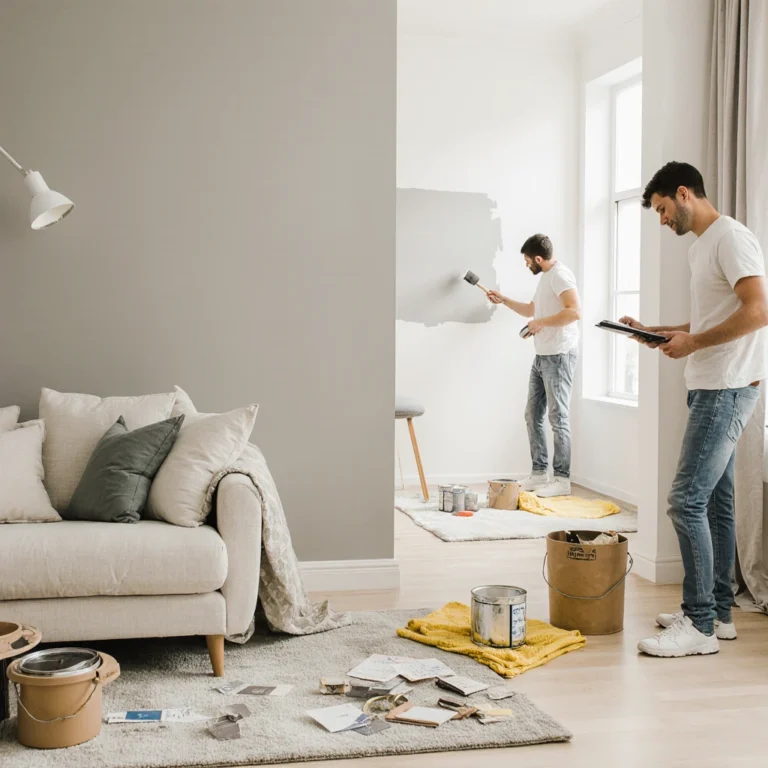
One Comment
Comments are closed.